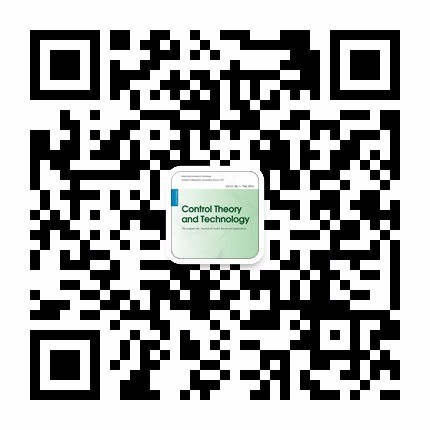| This Paper:Browse 1976 Download 1464 |

码上扫一扫! |
| Model reference adaptive impedance control for physical human-robot interaction |
| B.Alqaudi,H.Modares,I.Ranatunga,S.M.Tousif,F.L.Lewis,D.O.Popa |
|
|
| (The University of Texas at Arlington Research Institute (UTARI); Department of Electrical Engineering, College of Engineering, The University of Texas at Arlington; Electronics and Instrumentation Engineering Technology Department, Yanbu Industrial College) |
|
| 摘要: |
| This paper presents a novel enhanced human-robot interaction system based on model reference adaptive control. The presented method delivers guaranteed stability and task performance and has two control loops. A robot-specific inner loop, which is a neuroadaptive controller, learns the robot dynamics online and makes the robot respond like a prescribed impedance model. This loop uses no task information, including no prescribed trajectory. A task-specific outer loop takes into account the human operator dynamics and adapts the prescribed robot impedance model so that the combined human-robot system has desirable characteristics for task performance. This design is based on model reference adaptive control, but of a nonstandard form. The net result is a controller with both adaptive impedance characteristics and assistive inputs that augment the human operator to provide improved task performance of the human-robot team. Simulations verify the performance of the proposed controller in a repetitive point-to-point motion task. Actual experimental implementations on a PR2 robot further corroborate the effectiveness of the approach. |
| 关键词: Human-robot interaction, model reference adaptive control, model reference neuroadaptive, impedance control |
| DOI: |
| Received:December 18, 2015Revised:January 07, 2016 |
| 基金项目: |
|
| Model reference adaptive impedance control for physical human-robot interaction |
| B. Alqaudi,H. Modares,I. Ranatunga,S. M. Tousif,F. L. Lewis,D. O. Popa |
| (The University of Texas at Arlington Research Institute (UTARI); Department of Electrical Engineering, College of Engineering, The University of Texas at Arlington; Electronics and Instrumentation Engineering Technology Department, Yanbu Industrial College;The University of Texas at Arlington Research Institute (UTARI); Department of Electrical Engineering, College of Engineering, The University of Texas at Arlington; State Key Laboratory of Synthetical Automation for Process Industries, Northeastern University) |
| Abstract: |
| This paper presents a novel enhanced human-robot interaction system based on model reference adaptive control. The presented method delivers guaranteed stability and task performance and has two control loops. A robot-specific inner loop, which is a neuroadaptive controller, learns the robot dynamics online and makes the robot respond like a prescribed impedance model. This loop uses no task information, including no prescribed trajectory. A task-specific outer loop takes into account the human operator dynamics and adapts the prescribed robot impedance model so that the combined human-robot system has desirable characteristics for task performance. This design is based on model reference adaptive control, but of a nonstandard form. The net result is a controller with both adaptive impedance characteristics and assistive inputs that augment the human operator to provide improved task performance of the human-robot team. Simulations verify the performance of the proposed controller in a repetitive point-to-point motion task. Actual experimental implementations on a PR2 robot further corroborate the effectiveness of the approach. |
| Key words: Human-robot interaction, model reference adaptive control, model reference neuroadaptive, impedance control |

